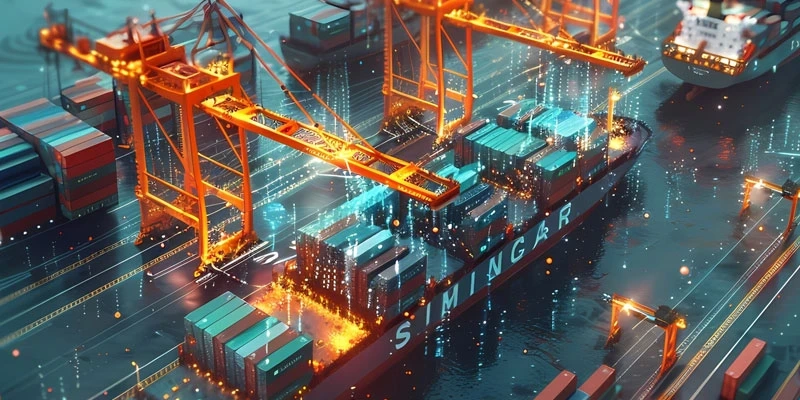
The supply chain has evolved dramatically over the past decade, with the Internet of Things (IoT) reshaping efficiency, visibility, and automation. No longer just about tracking shipments, IoT empowers businesses with real-time insights, predictive analytics, and enhanced operational control.
IoT's Transformational Impact on Supply Chains
IoT goes beyond basic tracking—it provides granular insights into product conditions, equipment status, and workflow efficiency. In Australia’s dynamic supply chain landscape, sensors and connected devices are revolutionizing operations, enabling seamless iot monitoring of production, storage, and distribution.
The accelerated adoption of IoT has fueled cutting-edge advancements in sensor technology, driving connectivity and optimizing product quality. Manufacturers and engineers now leverage IoT for streamlined workflows, reduced downtime, and data-driven decision-making.
Boosting Warehouse Visibility with Smart Sensors
A frictionless supply chain begins in the warehouse. Sensors play an indispensable role in ensuring materials are precisely tracked at every stage, from production to final distribution.
IoT-enabled sensor data allows for proactive decision-making—whether on-site or via remote monitoring. Connectivity varies based on range and location, with warehouses employing Wi-Fi, Bluetooth Low Energy (BLE), or cellular networks.
Environmental sensors regulate critical factors like temperature and humidity, safeguarding perishable goods. Predictive maintenance sensors preemptively detect machinery failures, reducing costly downtime. Positioning sensors such as accelerometers and gyroscopes provide precise data on product orientation and movement.
The explosion of IoT has made asset tracking technology more affordable and widely available. However, managing the influx of data effectively remains a growing priority.
Strengthening Inventory Traceability with IoT
IoT sensors revolutionize inventory management, ensuring end-to-end traceability. Automated barcode-linked sensors log inventory movement, maintaining accurate stock levels without manual intervention.
Advanced image sensors from suppliers like Onsemi bring real-time visibility to product journeys. No longer limited to static imaging, modern camera sensors enhance quality control, track objects, and validate order accuracy.
By transmitting sensor data to the cloud, IoT ensures seamless documentation of defects, recalls, and compliance audits. Enhanced scanning solutions from suppliers like Omron Automation elevate warehouse transparency, improving efficiency across the supply chain.
Traceability scanners reduce human error, increase operational speed, and enhance accuracy in packaging, order fulfillment, and quality assurance.
Robotics Revolutionizing Supply Chain Automation
From logistics to warehousing, robotics is redefining supply chain operations. Advanced systems—ranging from collaborative robots (cobots) to autonomous mobile robots (AMRs) and automated guided vehicles (AGVs)—are streamlining workflows with unparalleled precision.
AMRs maneuver through confined spaces and hazardous environments, leveraging sensors, machine vision, and AI to operate independently. Meanwhile, AGVs, equipped with LiDAR and pre-programmed navigation, optimize material handling across warehouses and distribution centers.
Cobots work alongside human operators, taking on repetitive or hazardous tasks to free up workers for higher-value activities. Equipped with advanced sensors, they detect human presence, slowing down or pausing operations when necessary to maintain safety.
IoT connectivity ensures that real-time robotic data is accessible from anywhere, guaranteeing optimal performance and resource allocation.
Next-Gen Connectivity Driving the Future
Technological advancements continue to push supply chain innovation forward. The integration of 5G, cutting-edge Wi-Fi, and BLE solutions enhances data transmission speeds, creating a more responsive and interconnected ecosystem.
Miniaturization of devices has expanded connectivity potential, embedding smart technology into more spaces than ever before. A well-integrated network enables real-time data capture, predictive analytics, and holistic oversight of supply chain operations.
As industries shift towards real-time intelligence, strong connectivity remains the foundation for efficiency, accuracy, and adaptability in an increasingly data-driven world.
